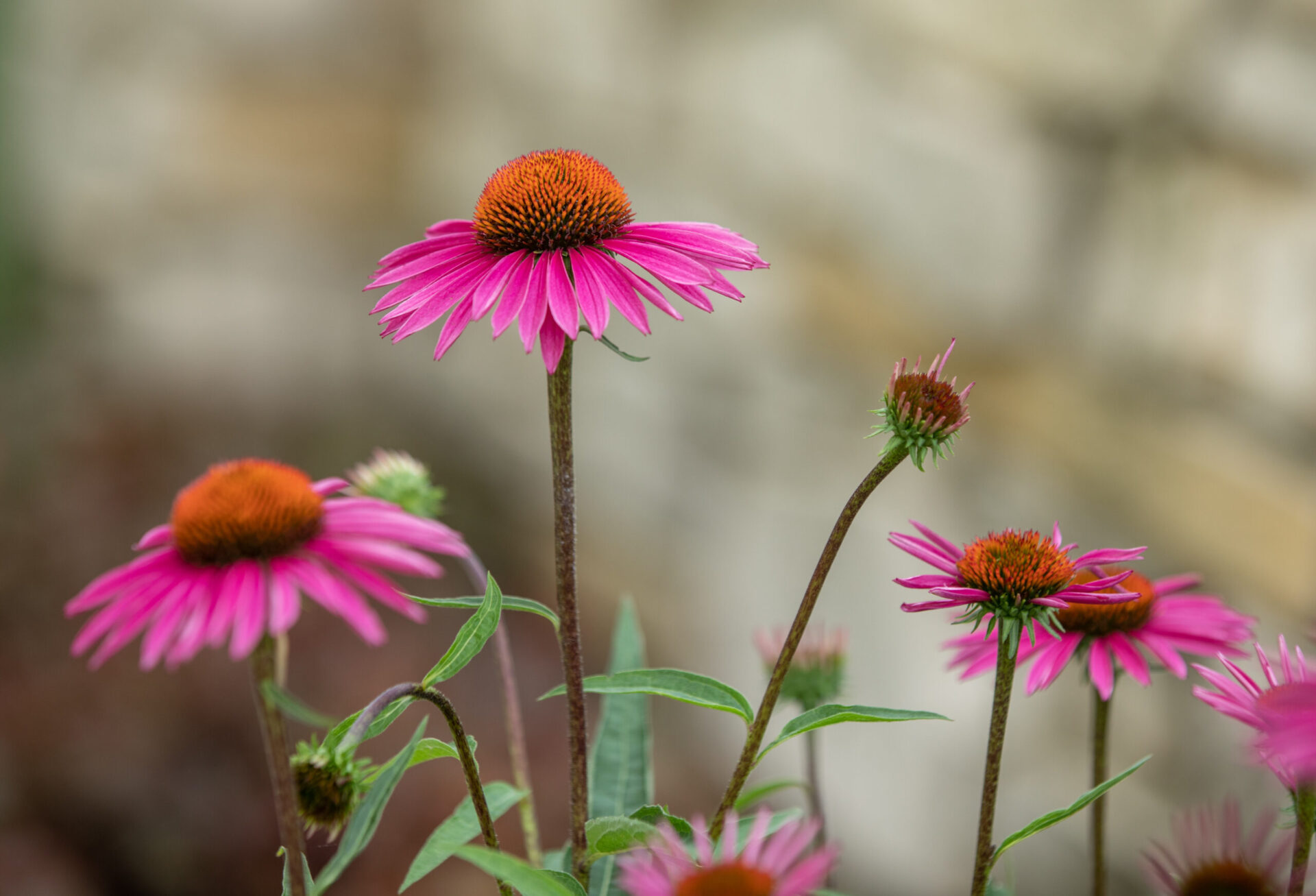Spring Seasonal Tips:
 Capture the moisture:
Capture the moisture:
Topdress your planting beds with shredded hardwood mulch. It not only retains the moisture in the ground, it also acts as a weed barrier and gives your planting beds a fresh look for spring.
Spring seeding:
If you are planning on over seeding your turf in the spring, remember to skip the pre-emergent crabgrass control on your turf. This herbicide will not only keep the crabgrass in check, it will also keep the desirable grasses from germinating.
April is National Lawn Care Month:
Lawn and turf areas not only provide soothing surroundings, they also provide environmental benefits. A healthy turf area 50’x50’ releases enough oxygen to meet the demands of a family of four. It also absorbs smog-produced ozone and sulfur dioxide. In addition to benefiting the environment, studies show that a well maintained lawn and landscape can add as much as 15% to the value of your property.![]()
![]()
Annual Flowers:
Plants that bloom from May to October and have a “one season” life cycle are called annuals. By selecting the right annuals, you can make any landscape look like a garden paradise. Don’t rush the season by planting too soon. A late frost will kill the new seedlings.
![]()
![]() Watering Turf:
Watering Turf:
What is the best time of day to water turf? Under normal conditions, the best time to water is early morning as the sun is coming up. This allows the grass to dry quickly and will discourage certain insects and diseases. The key is to get the water to penetrate the root system. The amount of water per watering should be the equivalent of a one inch rainfall.
Snow Mold:
You may notice brown patches of turf or brown patches of turf that may have a pink hue to them. These patches are irregular in shape and may blend together to form larger patches. Fortunately, snow mold only affects the leaf of the grass plant and as the turf begins to grow new leaf tissue will replace the damaged tissue. Hand rake the patches to stimulate the crown of the plant.